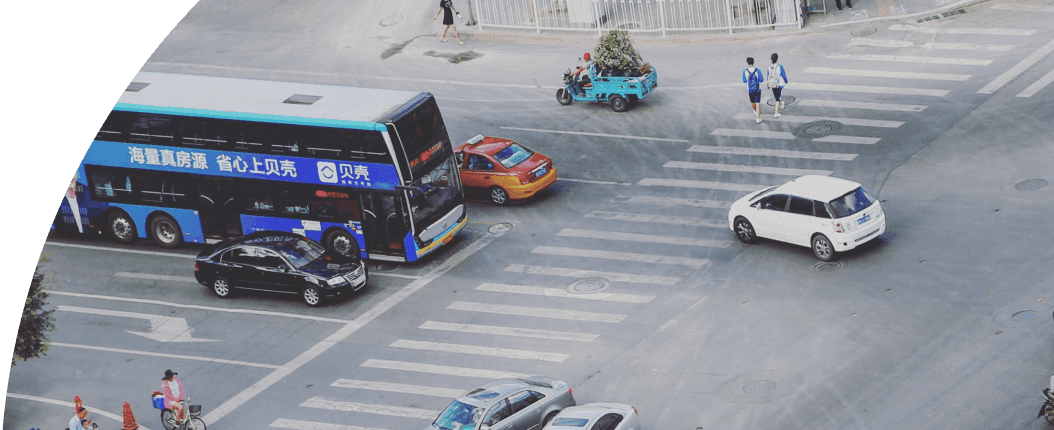
News
By Smart Growth America, January 31, 2022
Members of the National Brownfields Coalition, the EPA’s Office of Brownfields and Land Revitalization, and other leaders in the field brought together best practices in equitable development to reduce gentrification and displacement of long-term, lower-income community members during or after brownfield redevelopment projects, while still advancing environmental remediation and economic development goals.
Brownfield cleanup and development are powerful tools to advance environmental justice—especially for those community members who are most burdened by climate change impacts and inequitable political decisions. The consequences of brownfields include but aren’t limited to human health issues, loss of tax revenue from decreased property value, and furthering urban sprawl, limiting the growth of healthy, vibrant communities around or in brownfield sites.
Although brownfield cleanup and redevelopment can bring benefits to the host community, it can also bring a new set of equity challenges. After rehabilitation, the surrounding area can experience a rise in property values, exacerbating the risk of displacement for historically marginalized groups like lower-income households and communities of color. Local decision-makers are presented with a valuable opportunity to reshape their community’s approach to environmental justice and equitable development; whether through policy, financial incentives, or other interventions that set equitable standards for future brownfield projects.
On December 14, 2021, members of the National Brownfields Coalition’s leadership team and Environmental Justice and Health Committee joined EPA’s Office of Brownfields and Land Revitalization (OBLR) along with other national brownfield advocacy organizations for a roundtable discussion focused on issues of gentrification and displacement of long-term, lower-income community members related to brownfield redevelopment. By hosting this discussion, EPA sought to gather best practices to support brownfield communities to mitigate the potential impacts of new development without deterring their environmental remediation and economic development goals.
Key questions answered by participants included the role of brownfield redevelopment in broader market dynamics that lead to housing and small business displacement; tactics such as community benefits agreements, affordable housing commitments, and community land trusts; and the importance of local capacity-building to support a more equitable redevelopment process.
Here are a few key takeaways from the conversation:
- Lower-income households, households of color, and small businesses across the country are at a higher risk of experiencing displacement as a result of brownfield redevelopment in their communities. In order to advance equity in redevelopment practices, there must be a strong emphasis on providing support for community organizing, capacity-building, and advocacy efforts. Any plans for brownfield redevelopment should place the issue in the context of racial justice. Regulations and code enforcement practices should be implemented in a way that not only protects community members from eviction and displacement, but also ensures that long-term community ownership and other wealth-building opportunities are prioritized.
- Communities across the country are working to identify strategies to get ahead of redevelopment pressures through land banks, community benefit agreements, community land trusts, and other supportive programs early on in the process.
- Government agencies must tailor the types of benefits and resources to each community’s context and needs. Partnering with local organizations that advocate for the creation of affordable housing, employment opportunities, and community life is a best-practice strategy for addressing local needs and productively engaging with community members. It is critical to compensate these organizations for giving their input and expertise into future development decisions, and to design engagement which accommodates to their schedules while recognizing barriers to engagement such as childcare and work schedules. Capacity-building resources are a key part of designing effective, long-term community partnerships.
EPA and the participating brownfield advocacy organizations provided many insights from their experiences working with brownfield communities across the country. The issues arising from this roundtable discussion reinforce the pressing need for equity planning within brownfields remediation and redevelopment projects in order to mitigate displacement and empower communities that have been disenfranchised by decades of inequitable land use and development practices.
Related News

© 2025 Smart Growth America. All rights reserved
Site By3Lane Marketing












